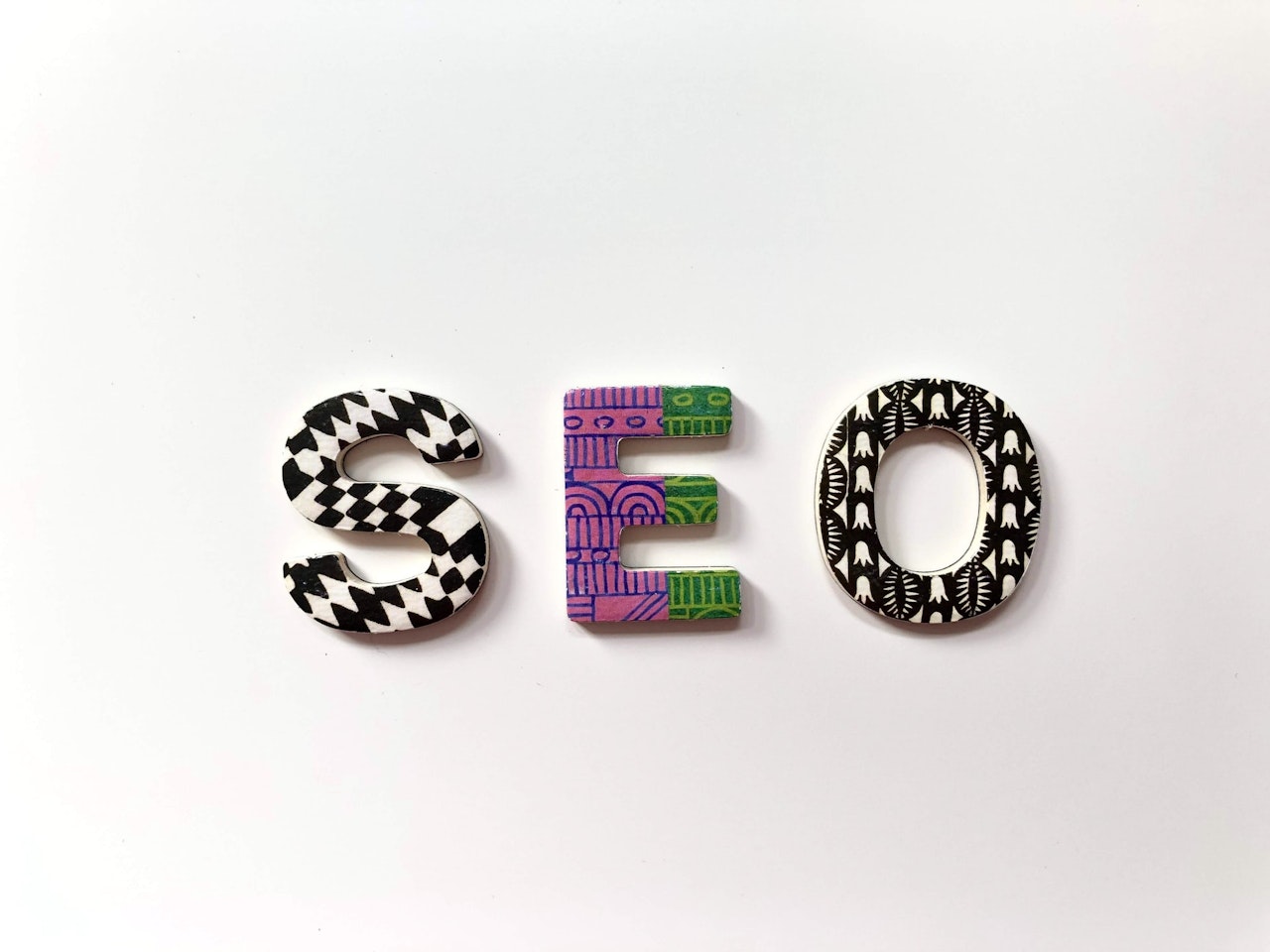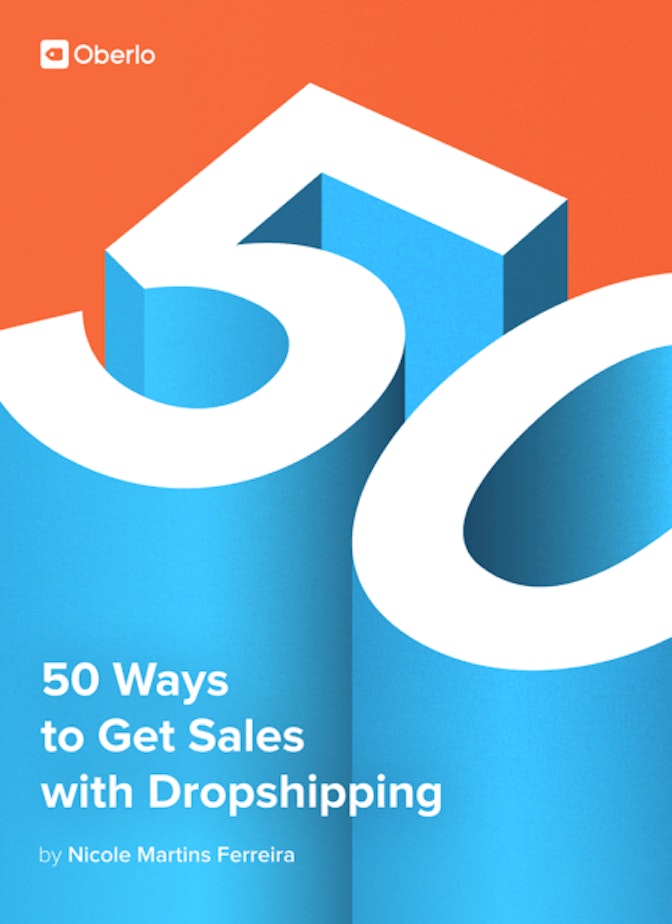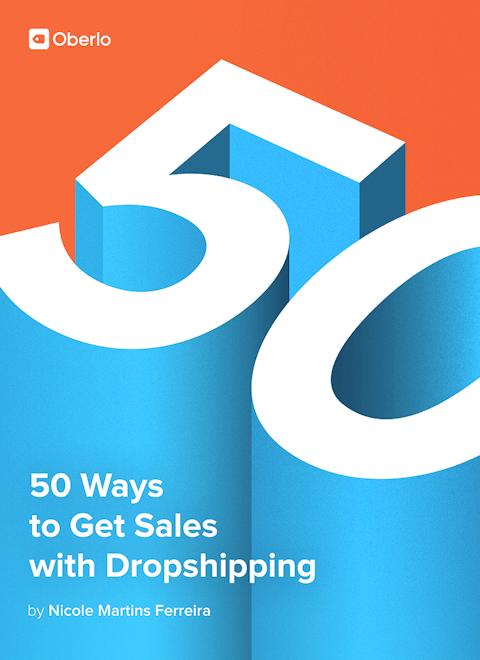The search engine optimization (SEO) industry is still growing in popularity and is worth an astounding $65 billion. SEO helps stores rank in search engines like Google. With Google being the most visited website in the world, ranking high in search can bring your online store a ton of free traffic you can convert into sales.
SEO can be broken down into two key components: on-site SEO which includes:
- Technical SEO
- SEO optimised content
And off-site SEO, which includes:
- Link building mostly but also could include.
- Public Relations
- Online Branding
- Guest Posting
On-site SEO can include tasks such as adding keywords to your titles, images, and url, adding multi-media such as images and videos throughout your content, internal linking, and updating your content regularly with new information. Using an SEO checklist can help you keep on top of all these activities.
Link-building is the process of reaching out to other websites of, ideally, higher domain authority to link to your website. Both components play an important part in the ranking of your content.
Example: Rogue Fitness is a great example of an optimized website. Their product categories often rank first in search under keywords like ‘weightlifting shoes.’ They focus primarily on on-site SEO. While product pages aren’t as easy to rank in search results, Rogue Fitness optimizes those pages too. For example, if you look at one of their shoe’s product pages you’ll notice they link out to the shoe for women and other shoes within the category. Internal links help lower the bounce rate on a website. Their product page also has reviews which help improve the ranking of it because new content is always being added to the same page.
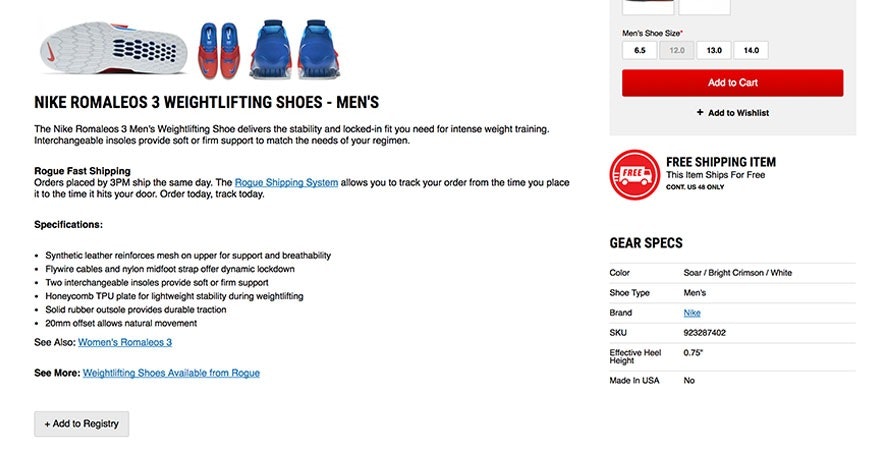
SEO Optimization Tips – On-Site:
Kaufmann Mercantile optimizes their store for search with gift guides. While some choose to create blog content for gift guides, you can also create them as a product collection. Gift ideas are often a highly searched topic for various categories. This brand notably keeps the gift guides active year round to avoid losing authority for the search terms. Customers can find gift ideas for Valentine’s Day, For Him, For Her, Father’s Day and more. For example, a title tag ‘for him’ might be called ‘Gift Ideas For Him.’ The great thing about organizing gift guides this way is that every time you add or remove an item in the collection, Google re-crawls the page to see it’s been updated. Whereas a blog post, may not be updated as frequently.
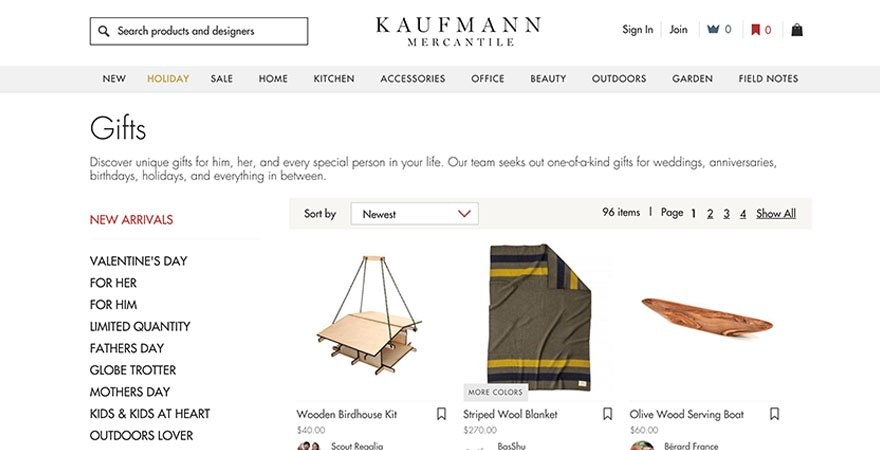
Keyword research is an important part of SEO. You can use SEO optimization tools like Keyword Planner to find keywords. All you need to do is enter a keyword like ‘shoes’ and a list will populate of relevant keywords you can optimize for. The SEO optimization tool also lists the competitiveness of each keyword. Low competition keywords will be easier to rank for than high competition keywords. For product pages, you might choose to optimize for one keyword since there’s such little content on the page. However, for blog posts you might optimize for as many as 7 different keywords depending on the blog post length.
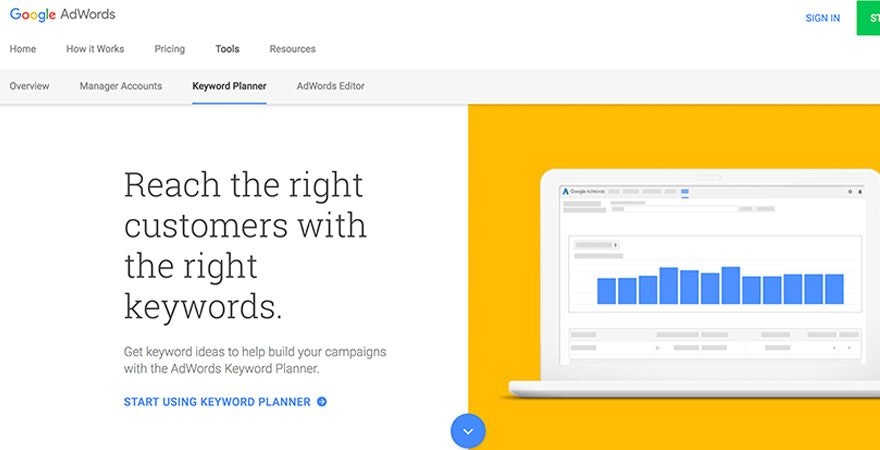
Optimize your website for keywords. Online store owners need to optimize their product pages, product collections, and blog posts. For product pages, you’ll want to include keywords in your product title and in your product description. For product collections, you’ll want to include some copy describing the collection so that you can rank organically for it. Your blog posts should be optimized to rank for 3 or 4 relevant keywords. You do this by incorporating the keyword in at least 1% of the copy but under 2%. There are SEO optimization tools you can use to ensure you’re hitting the right percentage. You can use Google Keyword Planner to determine the best keywords to use.
Content freshness is when you update an older article to remove outdated content and add newer relevant content. Doing this to your older content helps you rank better in search. It’s best to do content freshness on your best performing articles. You’ll want to update your content every 3-4 months. If you don’t blog on your store, you should consider doing it as it can drastically help your website rank better. If you’re against blogging, you’d need to update your website often. New products need to be added regularly and old products need to be removed as well.
Make your meta titles and descriptions actionable. While it’s always great to have them optimized for keywords, you also want to optimize for clicks. Why should people click your link in search? For example, The Bay ranks high for ‘women’s pumps’ their meta description reads, “The hottest high heels, sexiest stilettos, prettiest pumps and cutest kitten heels can be found at Hudson’s Bay.” Who wouldn’t want to click that if they’re searching for new women’s pumps? For titles, listicles like ‘12 Ways…’ work really well for blog content. For product pages, the best titles are usually keyword optimized. Avoid giving your products names like ‘Sandra Heels’ which people wouldn’t search for organically.
Never change the URL. Changing the URL can cause broken links from sites that have given you backlinks. Be mindful of how you name your URL when creating it. For example, adding a number to your URL can be a bad idea. If you update a listicle with more sections the number will change and your URL will be outdated. Aim for a keyword focused URL. If you do change the URL be sure to use a 301 redirection so that you can keep some of the ranking power and backlinks from the previous page.
Add internal links. On blog posts, you can add links to product pages. On product pages, you might add recommended products. Your internal links need to make sense for the user to encourage them to click other pages of your store. Internal links can lower bounce rates. A bounce rate is a single page visit where your visitors leave without looking at other pages on the site. The closer to 100 the worse your bounce rate meaning that people are leaving your website after visiting that page. The goal is to have a low bounce rate under 40%.
Every so often monitor your store’s page speed. Large image sizes can slow down your page speed. It’s important to use resizing tools to compress big images to ensure faster speeds. You also don’t want to have too many apps on your homepage slowing your website down. Some store owners add several pop-up apps which can slow down the page speed on your website.
Avoid duplicate content. Many store owners often have duplicate content on their product pages. They’ll add the exact same sentences to every page for a special promotion. Add unique content on every page.
SEO Optimization Tips – Off-site:
Submit your sitemap to Google so it can be indexed and crawled. Google crawls your online store to monitor if any changes are being made to pages.. Shopify stores already have a sitemap created. It works if you don’t have a password protected store. You need to submit your sitemap to Google The more you update your store (freshness, adding new products to a collection, etc), the more often Google will visit your website.
Distribution plays a huge role in SEO. If you aren’t driving traffic to product pages, blog content or collections Google likely won’t rank it high. You need to do your own outreach so that Google recognizes your store’s popularity. Driving traffic doesn’t need to be through paid ads though it makes sense to do that for product pages.
Have a strategy to get backlinks. You’ll want to reach out to relevant niche blogs to trade backlinks with them. On average, most people link out to other blog content or the homepage. By writing blog content multiple times a week, you increase your chances of your content being found and linked out to. Adding your own statistics or experiments increases your chances of getting linked out to. Ideas are more likely to be copied but facts and results could be referenced.
Add more value to your content than your competition. Whether you elaborate on a topic in greater detail or create a more comprehensive list of ideas in a blog post, you need to focus on learning from the competition. Who is ranked first for the keyword you want? What are they doing in their content that you aren’t? Does the product collection they rank for have more products? Or do they get more traffic? What backlinks do they have? Is the quality of the content they create better? Learn what they’re doing and do a better job than them.
SEO Tools:
Plug In SEO is an SEO optimization tool that helps you better optimize your online store. You’ll be able to check your image ALT tags, quickly assess what SEO problems your store has, monitor speed, and more. They also have a premium version which allows you to edit titles and descriptions and more. With over 1000 5 star reviews and 86,000 store owners using this tool, this product is a clear winner for your SEO needs.
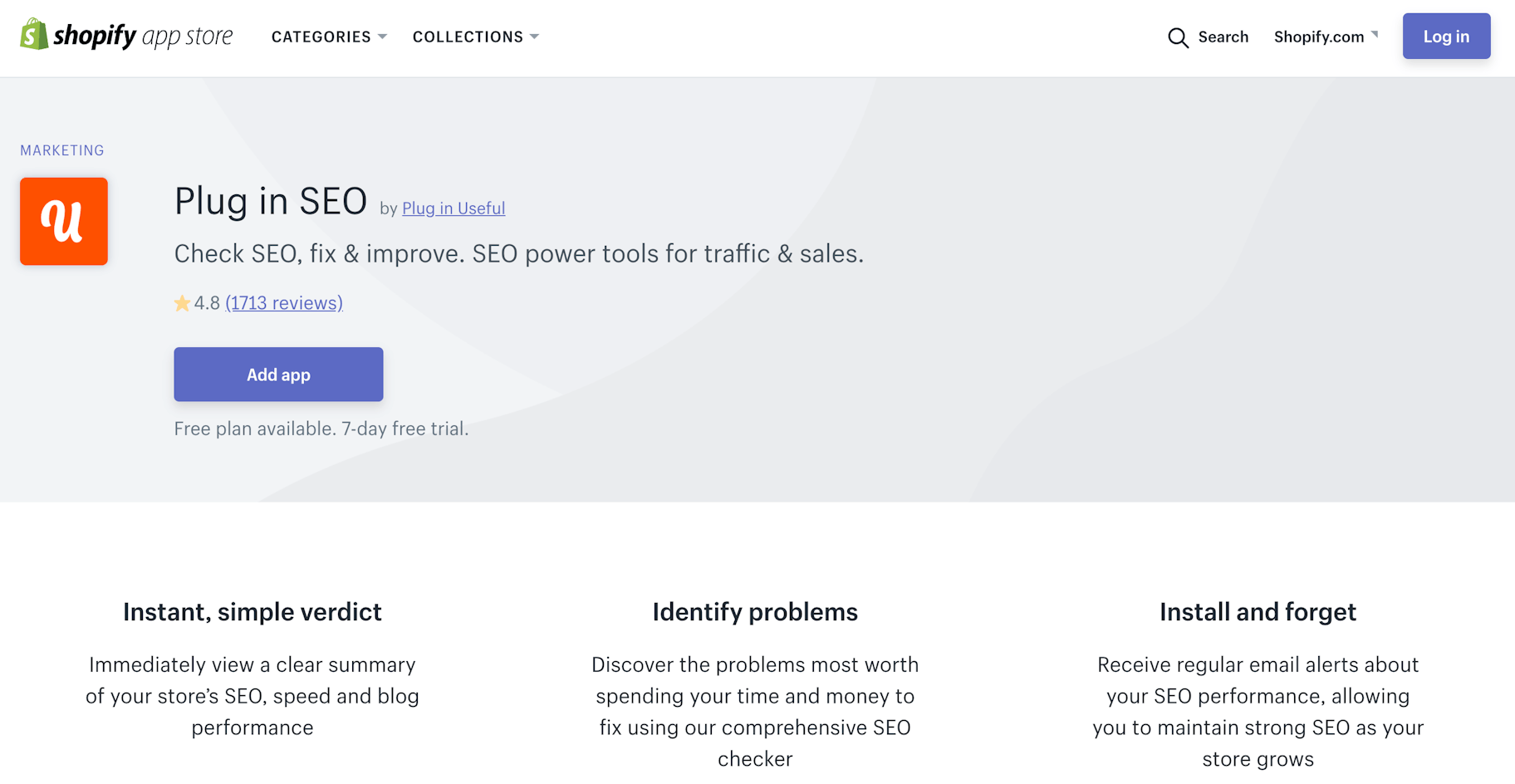
SEMrush allows you to analyze a large scope of pre-click data for your PPC campaigns: find keywords to target, see examples of search and display ads used by your competitors, and analyze the most popular shopping ads in your niche.
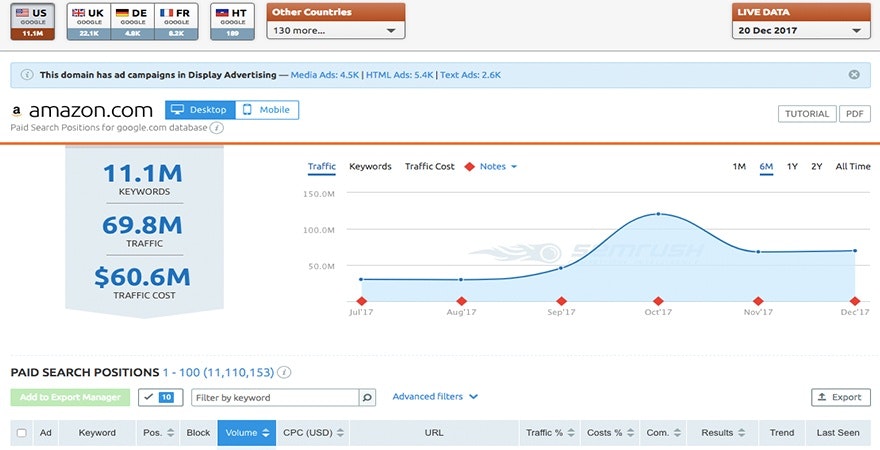
Keyword Planner is Google’s popular keyword tool. When browsing keywords, you’ll be shown other relevant keywords you could rank for. You’ll see how competitive the keywords are and what the search volume for those keywords is.
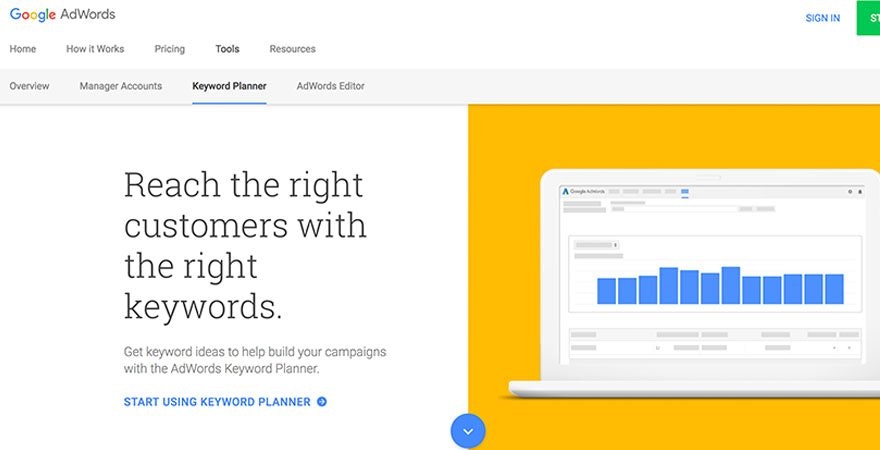
Website Speed Test by Pingdom is a tool that helps you determine your website’s load time. Site speed is an important part of SEO. The faster your website loads the better the customer experience and therefore you’ll likely rank better. All you need to do is add your website’s URL in the box. Once the test is done, you’ll see your performance grade, load time, how much faster your site is compared to others, and more. There will also be grades for specific performance insights that indicates how you can improve your website’s speed.
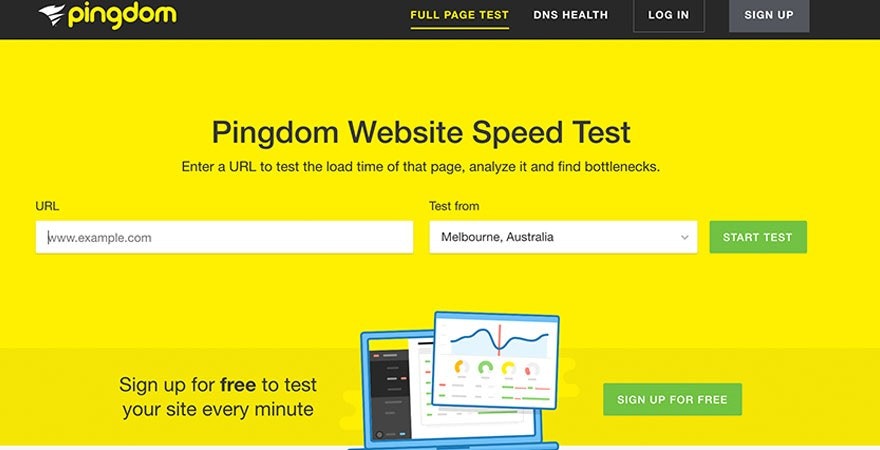
Image Optimizer optimizes your images for Google search. You’ll be able to change your image alt tags easily using their default template.
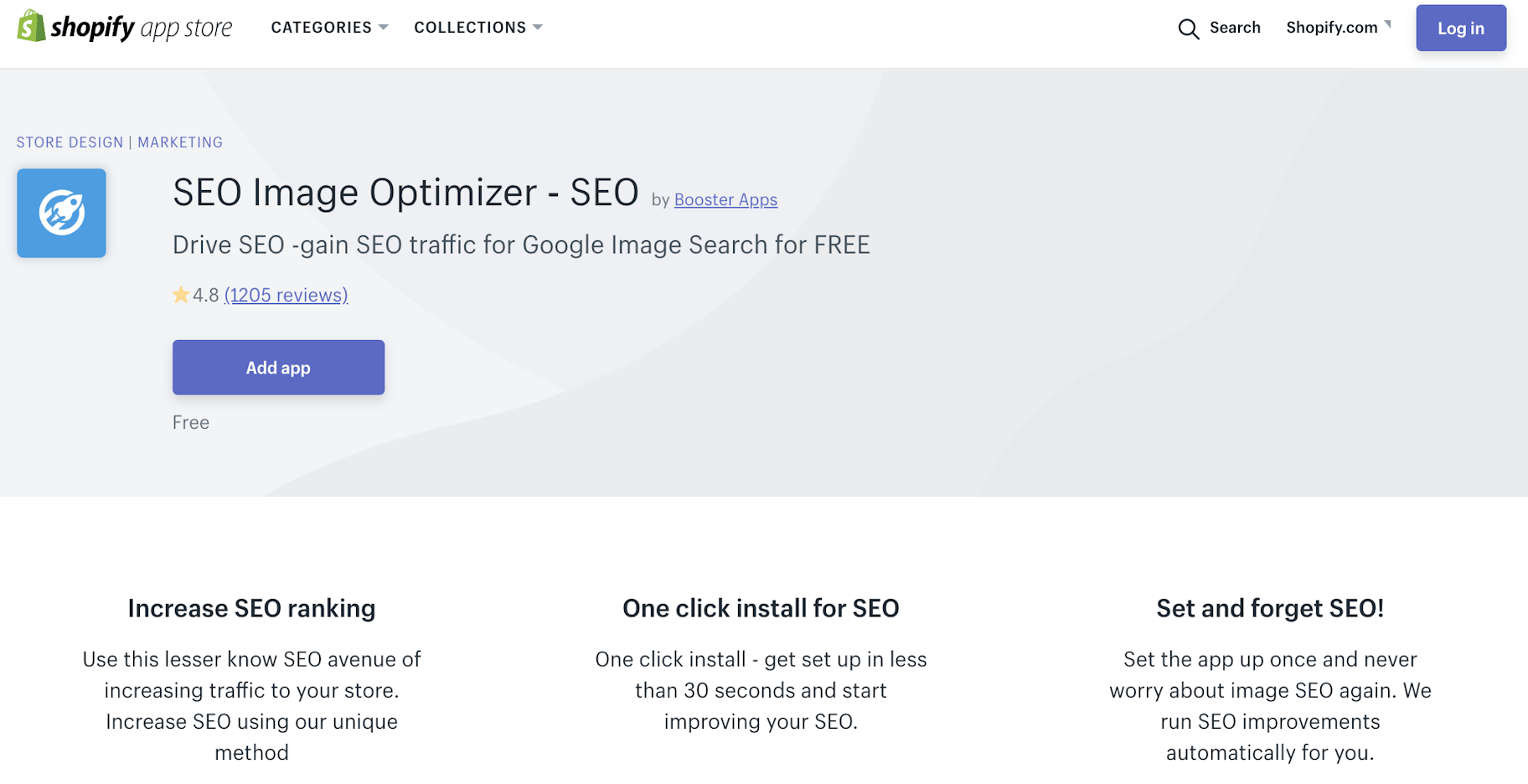
Product Reviews allows you to add review scores to your search engine results.
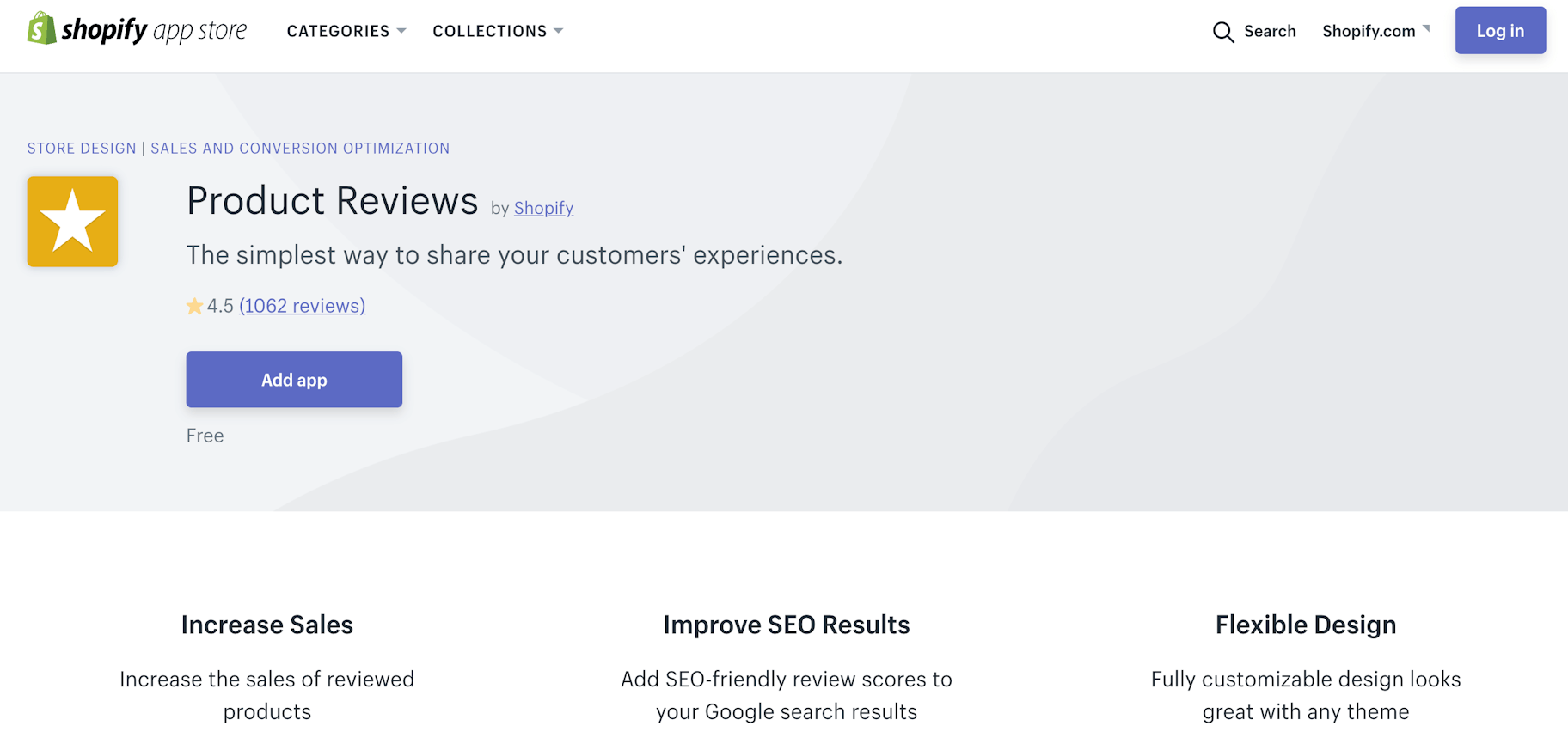
SEO Manager tracks and helps to manage 404 errors. The app keeps your 404 errors under control by identifying your broken links and automatically fixing them. The Shopify app helps you maintain the ranking of your webpage after an ecommerce platform change.
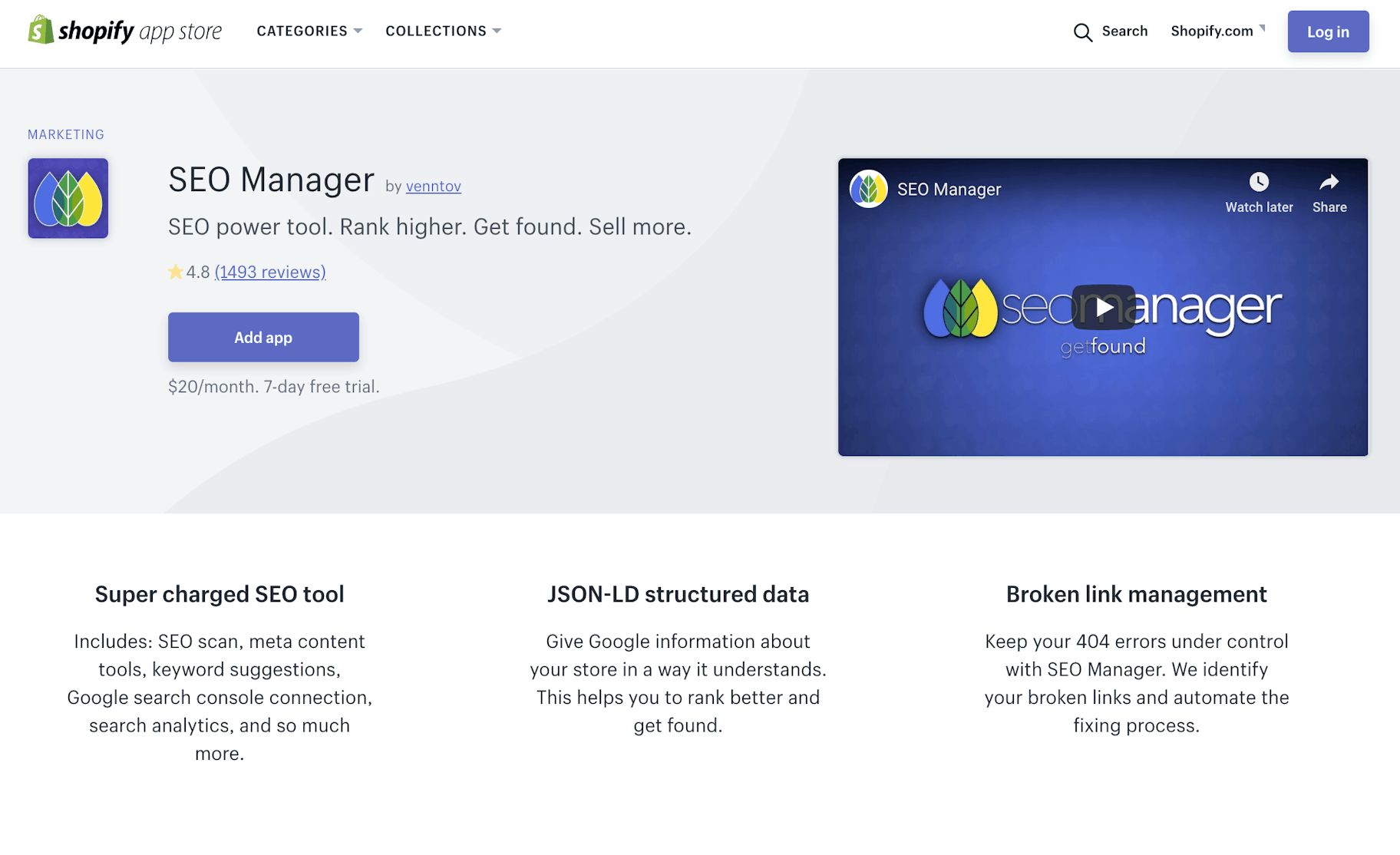
Moz offers its customers an all in one tool that include site audits, keyword research, link building and insights on page optimization. Their tool crawls your website to report any issues or broken pages.
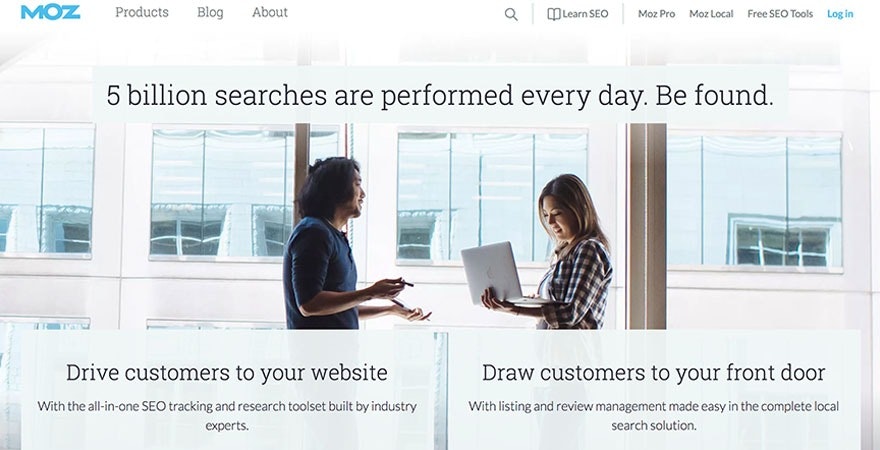
Screaming Frog is a tool that crawls websites to better analyse onsite SEO. The tool will help you easily find broken links and duplicate content, improve your page titles and descriptions, and more.
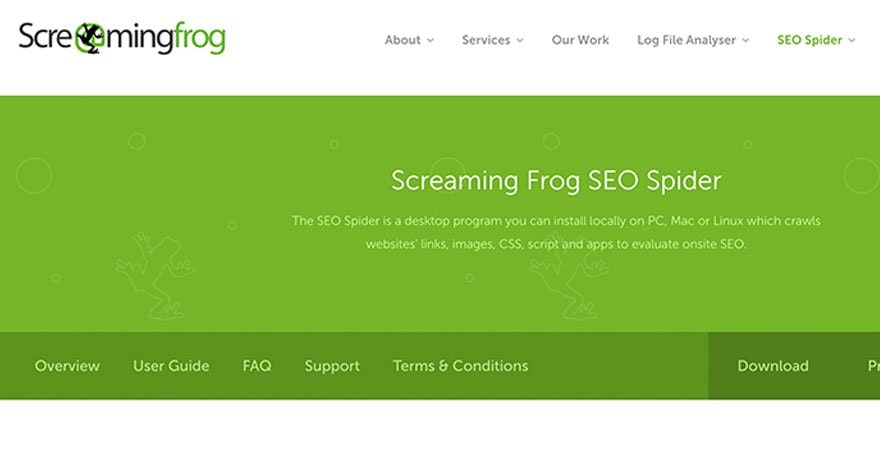
Ahrefs helps you monitor the competition and determine how to outrank them. You can easily learn the keywords your competitors are ranking for and discover who links out to their website.
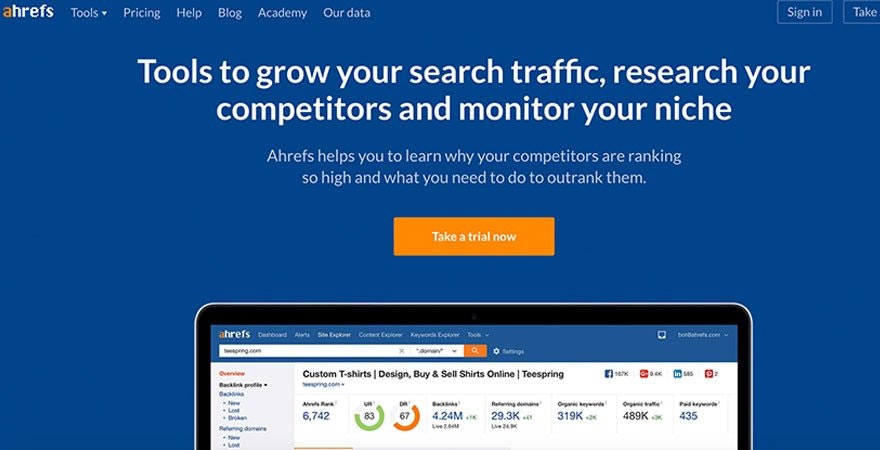
SEO Optimization Resources:
Build and Submit a Sitemap guides you through the steps in submitting your sitemap on Google. The page even includes guidelines to follow when submitting it.
5 Essential E-Commerce Rich Snippets for Your Store is a great starting point in learning how to get rich snippets for your store. While rich snippets are still fairly new and not well understood, ecommerce websites have been successfully getting their product rating, price and more listed on their search results.
Ultimate Guide to Writing Meta Descriptions guides you through the process of writing meta descriptions for the pages of your website. You’ll learn what a meta description is, why they’re important, and how to write one.
SEO Experts:




